Before workouts begin on Friday in Indianapolis, NFL Network analyst Mike Mayock kicked off the 2015 NFL Scouting Combine with his annual conference call.
The former defensive back, who played two seasons with the Giants in 1982 and 1983, answered questions from members of the media about many of the top prospects and the draft process as a whole.
Mayock began with general thoughts about the upcoming draft class, saying that this year is particularly deep at running back, and "although it might not be as quite dramatic at wide receiver as a year ago, it's still going to be a very good wide receiver class." Meanwhile, it is going to be "very thin" at the quarterback and safety positions, according to Mayock, who is in his 11th year as a draft analyst.
Below are highlights from the conference call. Stay tuned to Giants.com throughout the week and weekend for the latest combine news.
Q. You mentioned the wide receiver group being pretty good this year. Compare it to last year. Fifteen went in the first three rounds last year, including five in the first. Could we see similar numbers this year from this group?
MIKE MAYOCK: In the last five years, there's been an average of 13 wide receivers that go in the first three rounds, and an average of 3.8 in the first round. Now, more importantly, last year's wideout group was historically tremendous. All five first-round picks were highly productive. In the second round you have Jordan Matthews, Davante Adams, Allen Robinson, [Jarvis] Landry. In the third round you had Josh Brown, fourth round Martavis Bryant. It wasn't just the guys up top, it was the depth throughout. So I think there are reasons in today's NFL why rookie wide receivers can come in and play well early.
Real quickly, these kids have been used to catching the football forever. Everything is a pass-first league now. Number two, with the emphasis on the five-yard rule, the smaller wideouts are getting off press coverage, they know after five yards they can run routes with impunity. Finally, the big-bodied wideouts, they don't really have to be route runners. They're 6'5", 230. With the advent of the back shoulder throw, they can be productive day one. I think the league is set up to be productive more so than ever for rookie wide receivers and tight ends.
This particular class, Kevin White, Amari Cooper, DeVante Parker are consensus top-20 picks. However, after that, there's a bunch of question marks. Dorial Green-Beckham is as gifted as anybody in this class, but you better do your homework off the field. Is he a tight end or a wide receiver? I'll give you the name of a guy who I think has first-round talent, the Perryman kid from Central Florida. Smith from Ohio State, Coates from Auburn. All of them are going to run 4.35 or better. I apologize for the length of the answer, but I do believe it's going to be highly productive because, A, there's a bunch of talent, and B, the rules and the way we play in the NFL today lend itself.
Q. You had Brandon Scherff as an inside guy. You didn't do that with Zack Martin last year, other guys in the past. What is it about him that makes you think he's an interior guy rather than a tackle?
MIKE MAYOCK: I think he can play tackle. I think he can start. I said this about Zack Martin last year. I thought Zach could play all five positions in the offensive line. I think it's a question of a very similar conversation we had with Zack Martin last year. You could start at left tackle, probably be a good left tackle. You could start at right tackle, be a very good right tackle. As it turned out, he was an all pro year one at right guard. When I look at Brandon Scherff, I see a similar example. I see a bigger kid with longer arms. That lends you to believe that he could play outside more easily. Again, I believe he can play outside. However, I think his best position, because of his power, his toughness, his football sense, is inside. I think he's an all pro guard. But that doesn't mean he can't play tackle in the NFL.
Q. Do you feel that talent evaluators in general put the 40 time in perspective pretty well considering all the attention that it gets every year? Are there specific people you're thinking of this year who you really do feel, if you see a fast time or a surprisingly slow time, that could really affect them?
MIKE MAYOCK: Good questions. Here is my take on the whole thing. I think more mistakes are made because of the measurable piece of the combine than anywhere else. You get a little excited with height, weight, speed. Sometimes you want to allow the numbers to outweigh the playing tape. From my perspective, I always say, Fast guys run fast, slow guys run slow. It's only a story when the opposite happens.
You watch a guy on tape, a lot has to do with the wide receivers and corners, the skill position players obviously. For instance, my number one wide receiver is Kevin White from West Virginia. I think I know what Amari Cooper is, what a great football player he is. But I have Kevin White above him because I think he's got a higher ceiling. I think his potential is greater. He's 6'3", 219 pounds. But I want to know what he runs. I have all over my notes that he's a 4.5 flat guy. If he's a 4.58, I have to go back and look at my notes again. I have notes about, Check out lower body explosion, that translates to the vertical or broad jump. I want to check the short shuttle. There are a bunch of guys I have notes on on checking their 40s. Dante Fowler, I want to see how he compares to Justin Houston in 2011 because I think they have similar body types. The whole thing about the numbers, what the best evaluators do, they use the numbers for a cross-check. So if a fast guy runs fast, check. Slow guy runs slow, check. Should jump about 37 inches, check. However, whenever you find something that doesn't match up to the tape, that should be the red flag to make you go back and watch some more.
Q. What to you is the hardest position to evaluate? If the answer is quarterback, what is then the second hardest position for you to evaluate, and why?
MIKE MAYOCK: Good question. I think the evaluation job is changing because of what's coming out of college today on both sides of the line of scrimmage. However, to answer your question, I think quarterback is harder than ever. Quarterback was hard anyway just because of the intangibles. How hard a worker is he? How much does the game mean? Is he the first guy in every morning? Can he translate what he sees on tape out to the field in 2.3 seconds? Quarterback is the hardest evaluation today because the systems are so diametrically different from college to the NFL. It's getting to the point where you're almost grateful when you get someone like Jameis Winston who comes out of the pro style. So quarterback by far is the hardest. For me, it's a good question, because I talk to scouts all the time, we all kind of had different positions that are hard to do. I find linebacker hard to do, especially the off-the-line linebacker. It's easy to see the edge guys. The inside, off-the-line 4-3 guys are difficult because they might be coached differently. Get downhill, get downhill. He might be coached that he has a backside B gap, and he has to wait to make sure that cut back doesn't come. Unless you really know the system the kid is coming out of, you don't want to be unfair to him. So sometimes I think those linebackers for me are hard to do.
Q. I wanted to get back into some of the evaluation process that goes on at the combine. When you look at all of the drills that are going to go on in all the years that you've watched them, which are the ones that are actually most beneficial for evaluating guys during the course of the combine, and which ones might be overrated and just not that valuable at this point?
MIKE MAYOCK: It's really interesting. Because the drills are the same every year, obviously since Mike Mamula came out of Boston College years ago and was really the first guy that trained for it and kind of went from a who's-he to a top-10 pick for the Philadelphia Eagles, everybody trains for these drills. The scouts like that because that means it's an equal footing. Everybody has got an opportunity to train for it, and you're in the best shape of your life, so let's benchmark everybody on the field on the same day at the same time.
So conceptually it makes sense, but sometimes it gets kind of skewed, and obviously the 40 is a big deal. That seems to be the marquee event. I don't really care as much about a 40-yard dash for an offensive lineman. I look at their 10-yard dashes, although it's hard to say that Dontari Poe at 346 pounds running 4.98 is not impressive. I don't think the 40 is that important for offensive linemen and defensive linemen. I think it is very important for skill position people. I think the change-of-direction stuff, the short shuttle and the three-cone is important for the linebackers, the defensive backs, the running backs. You get to see quickness, change of direction. You see whether a guy is quicker than he is fast in a straight line, and those are important things.
The broad jump and the vertical jump are really lower body explosion, and it's another cross-check. If a guy is a 4.5 40 guy, he probably should be jumping 35 inches in the vert. If he only jumps 30, there's a question why. It all kind of balances out. There's checks and balances everywhere, but I'd throw out some of the stuff, and it's really position oriented, and I think the important thing is after those drills are over and the coaches come out and put them through football drills, I think we really get an opportunity to see one kid after another in their movement skills, and it kind of exposes flaws.
If you're a defensive back and you can't open your hips, things like the coaches can see immediately, and you've got 30 defensive backs in a row going in one drill, you can see which ones are natural and which ones aren't, and then you've got to go back -- if you put too much on that, obviously, it can't overwhelm the grade you give them on tape, but it's just another cross-check. That was way too long and way too complicated, and I apologize.
Q. Just wanted to ask you about the offensive tackles at the top of the class. I know talked about Scherff earlier him projecting inside, but who are the other guys that you think are the top echelon of offensive tackles, and you mentioned Clemmings being kind of raw. Is there anything that teams will look for at the combine in his performance to see if he has the technique, if he can really achieve that upside?
Check out photos of the key offensive linemen at the 2015 NFL Combine
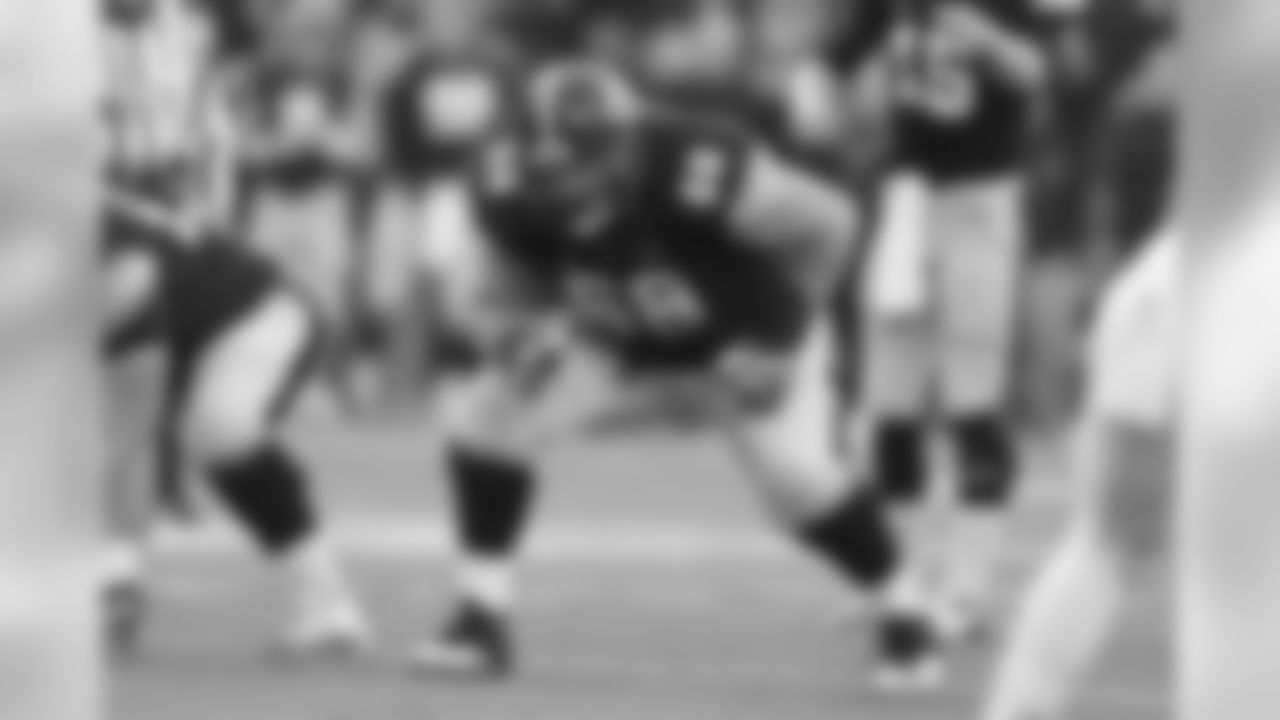
Brandon Scherff, Iowa, 6-5, 320 LBS
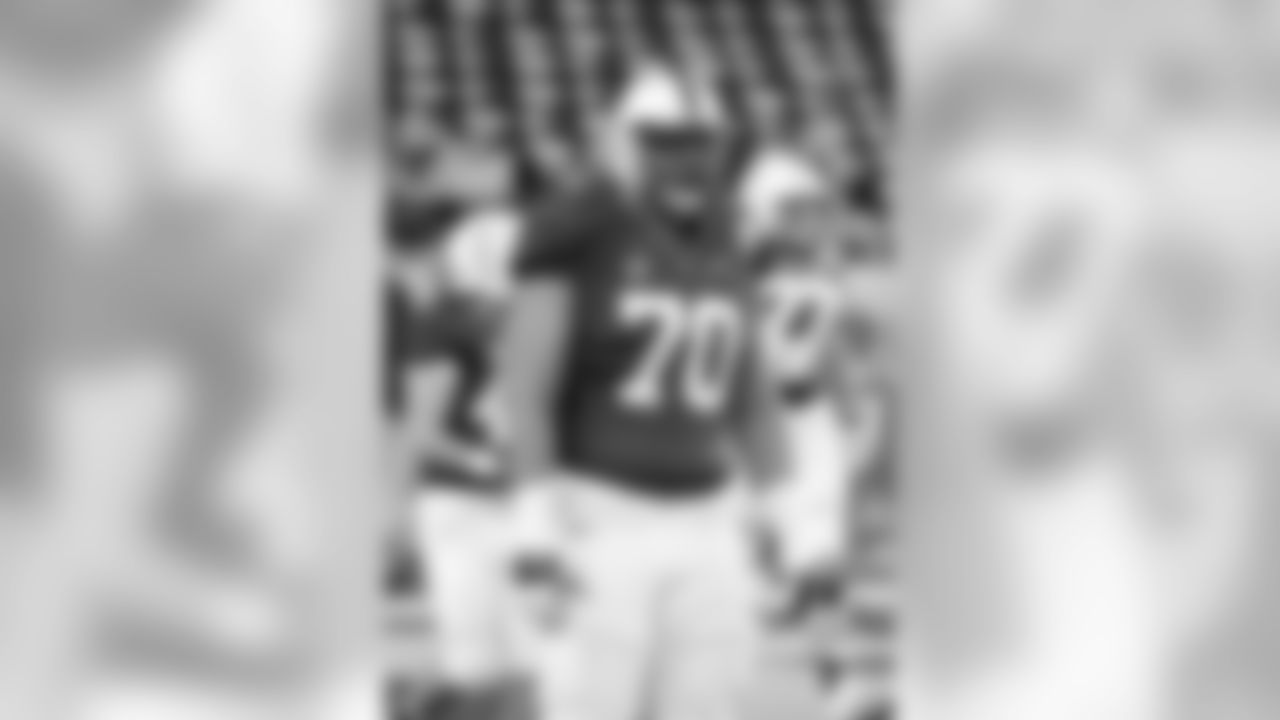
Andrus Peat, Stanford, 6-7, 312 LBS

La'el Collins, LSU, 6-5, 308 LBS
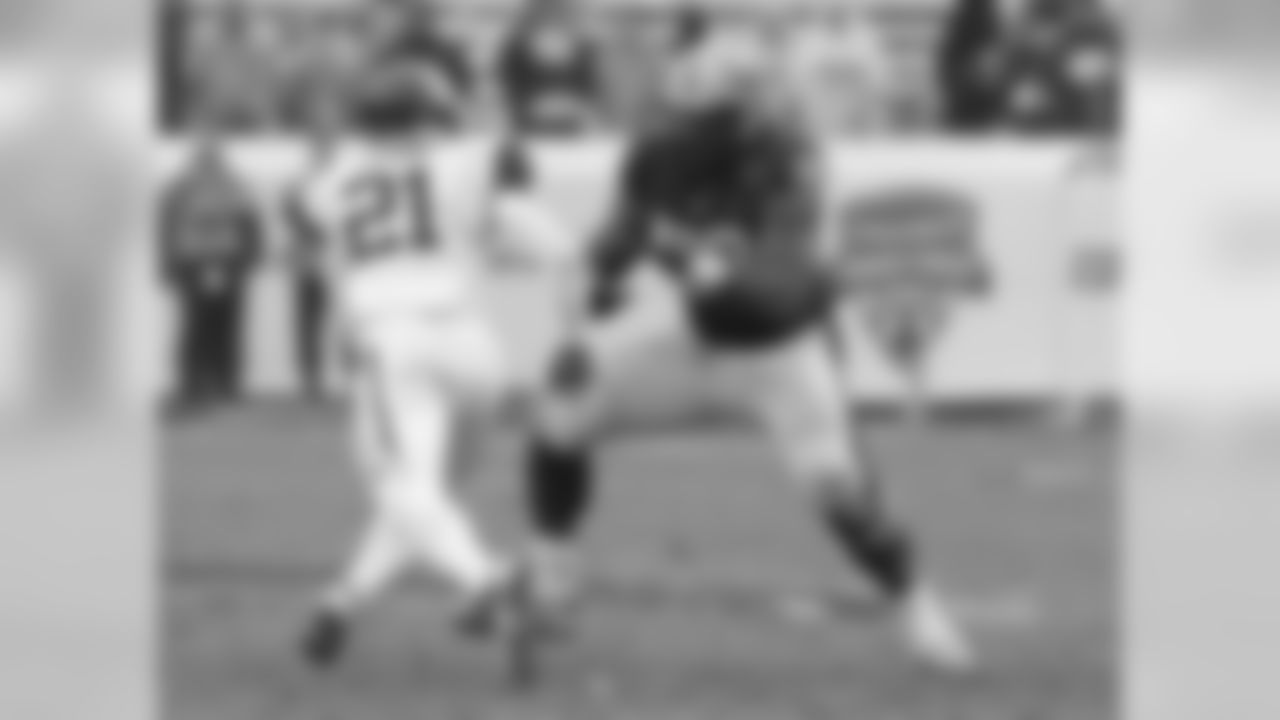
T.J. Cummings, Pittsburgh, 6-5, 307 LBS
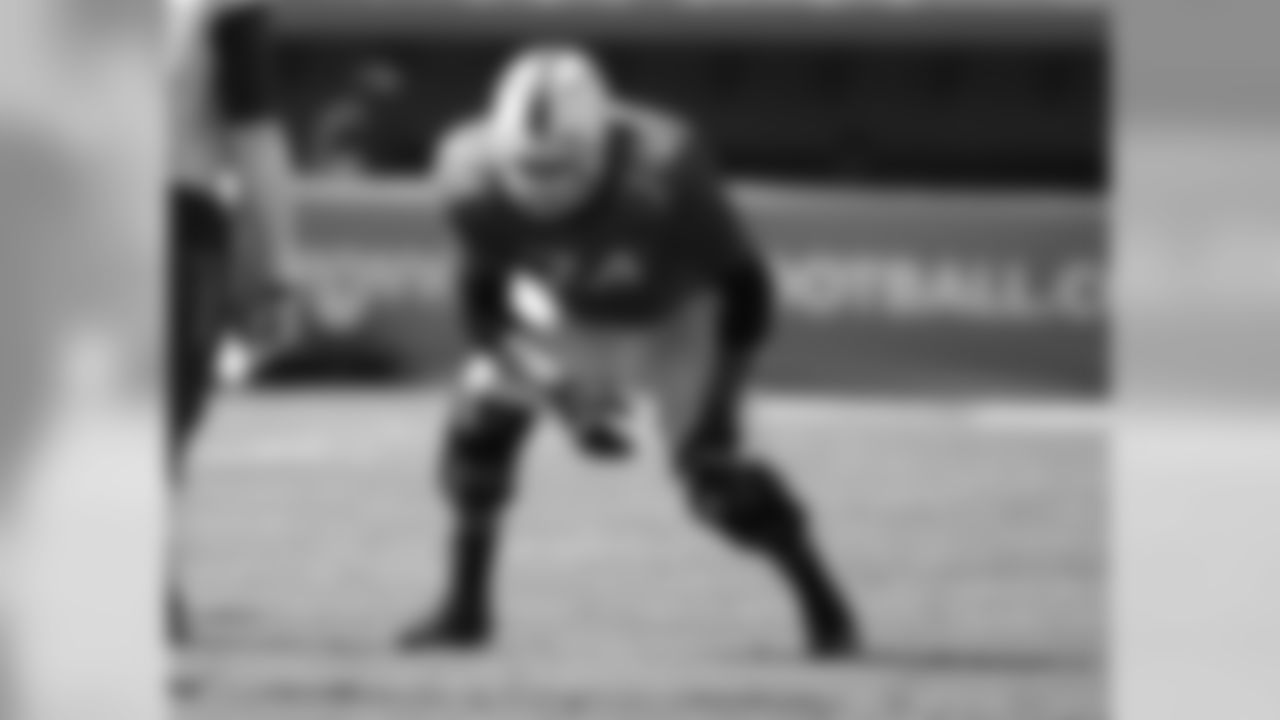
Ereck Flowers, Miami, 6-5, 324 LBS

Reese Dismukes, Auburn, 6-3, 295LBS

Hroniss Grasu, Oregon, 6-3, 297 LBS

A.J. Cann, South Carolina, 6-3, 311LBS
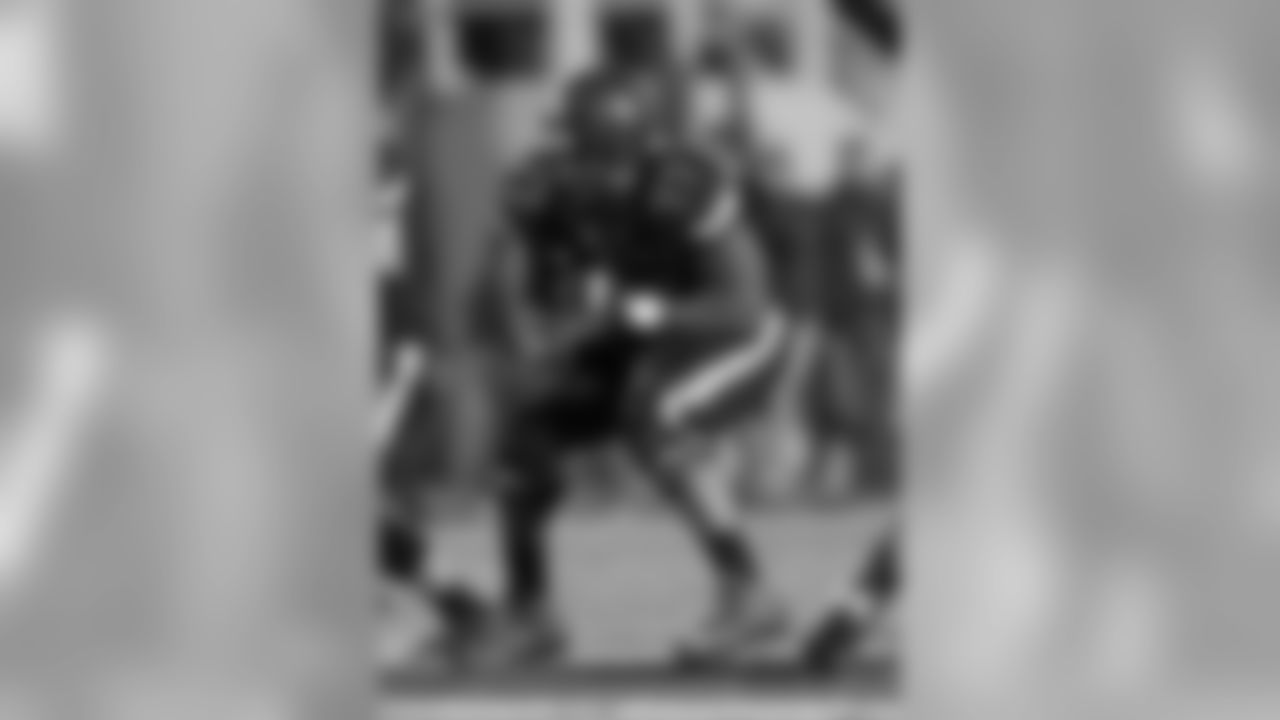
Laken Tomlinson, Duke, 6-3, 323 LBS
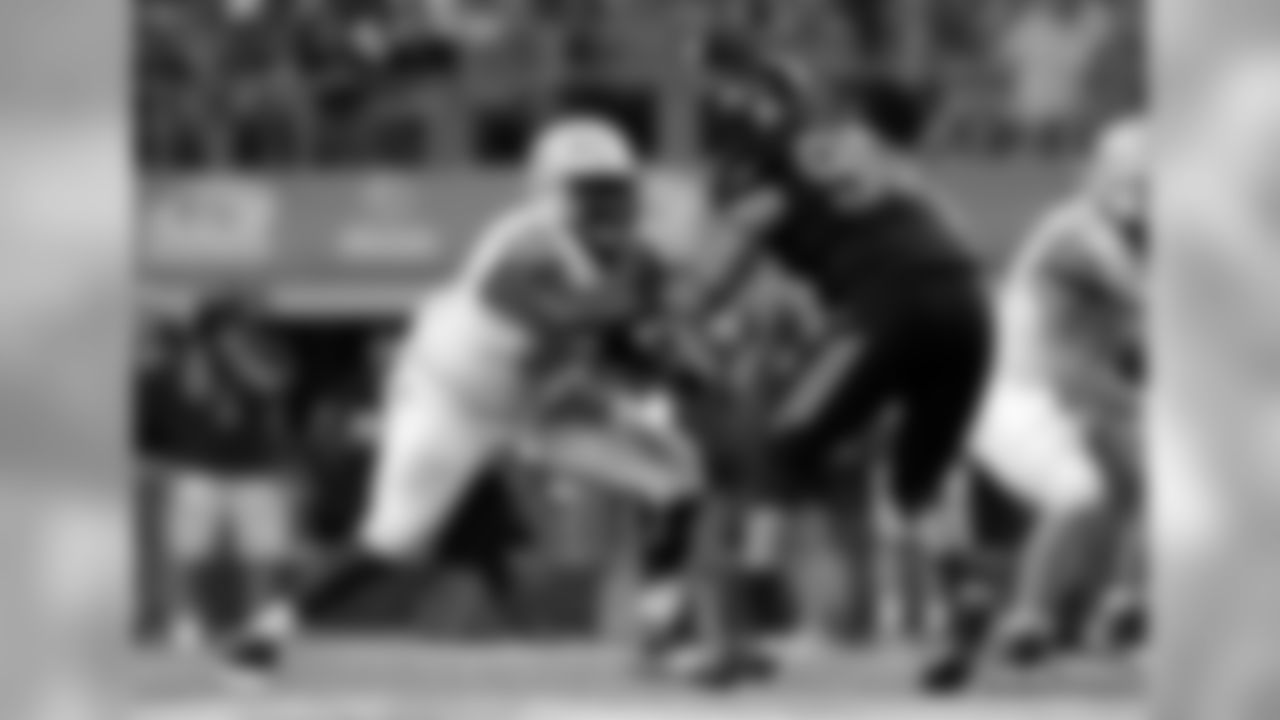
Tre' Jackson, Florida State, 6-4, 323 LBS
MIKE MAYOCK: I'll tell you, to me it's intriguing because Brandon Scherff is going to be whatever he's going to be by whatever team picks him. But then there's like five or six guys that all are kind of prototypical left tackles that are really gifted athletes, but there are holes in their game for some reason or another. There are five of those guys, and then there's La'el Collins from LSU who's a first-round right tackle, or he could be like Scherff, either a right tackle or an inside guy, and I really like him because of his power. But when you take him out of the equation, Clemmings is so gifted, high school basketball player, he only played two years of high school football.
He was a defensive lineman when he got to Pitt. He only got the offensive line his last two years. I thought his tape was phenomenal, given all that. Now, he got to the Senior Bowl, and because he's raw, he was exposed a little bit, but that didn't hurt him. We all know his talent, and people respected the fact that he came out and competed. I think he's going to get drafted, I think, somewhere in that kind of 15 to 25 range. Andrus Peat from Stanford is gifted, another gifted -- he looks like a right tackle or guard, but he's got left tackle feet, he's got length. He's not 21 years old yet, and he needs to get much stronger up top. Two years from now he's going to be a completely different kid just because of body type and strength, but he's a first-round pick, and in a similar 15 to 25. The Texas A&M kid tore his ACL, which is going to hurt him a little bit. Beautiful left tackle feet, played a little bit of right tackle.
He needs to get stronger. Reminds me a little bit of D'Brickashaw Ferguson when he first came out. And then the kid that opened my eyes was D.J. Humphries from Florida. I mean, he's an underclassman. I put his tape on and went, wow, look how quick that is. He pops in and out of his stance, got left tackle feet. I'm anxious to see what he weighs in and what his length is. He's not powerful or strong enough yet, so there's five athletic left tackle type guys, all of whom have holes in their game, all of whom should show well athletically at the combine, and I think most importantly, the teams need to figure the kid out, who are the hard workers, who are the ones with chips on their shoulder, who's going to work the hardest to become the best.
Q. With it being such a weak class at the safety position, do you see any teams taking the safety?
Check out photos of the key DBs at the 2015 NFL Combine
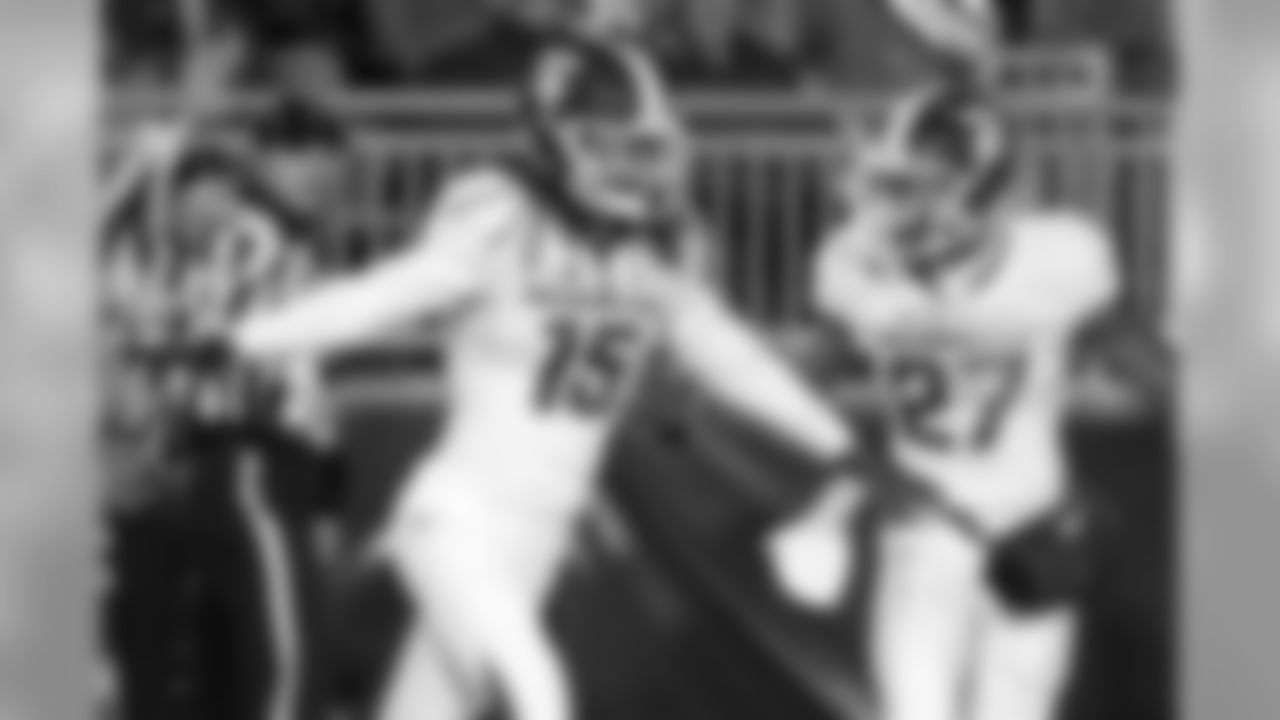
Trae Waynes, Michigan State
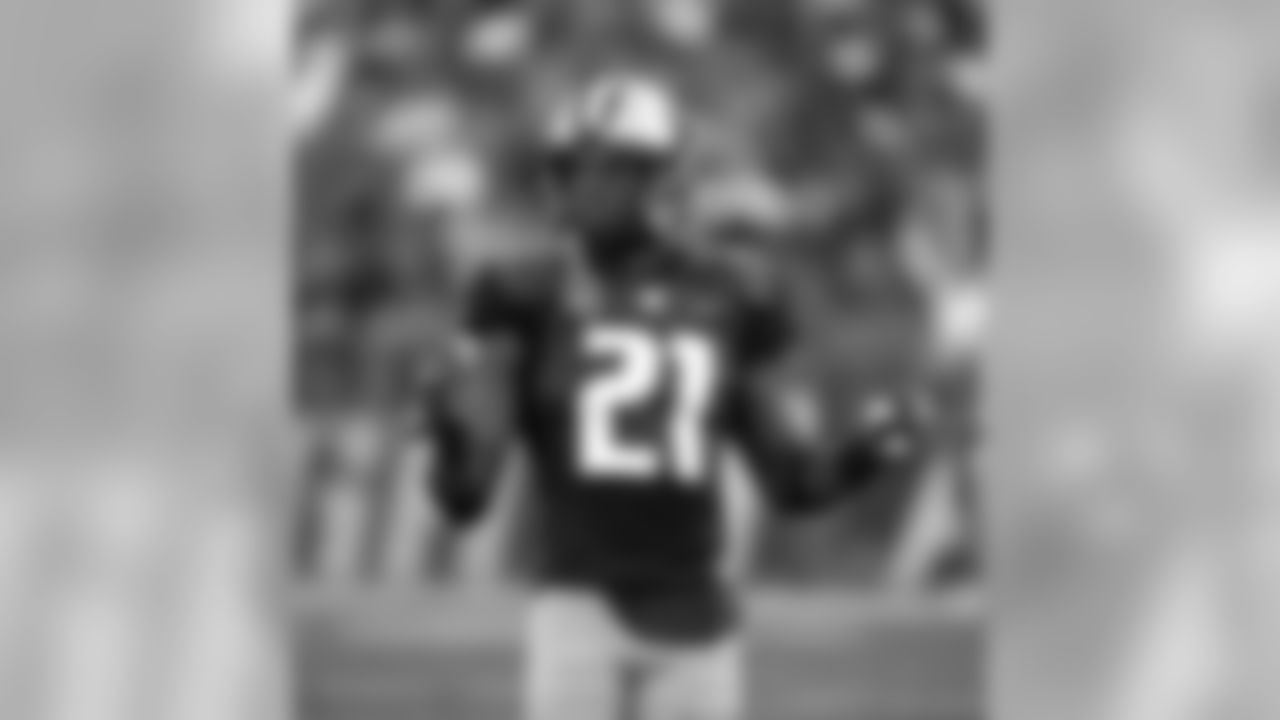
Marcus Peters, Washington
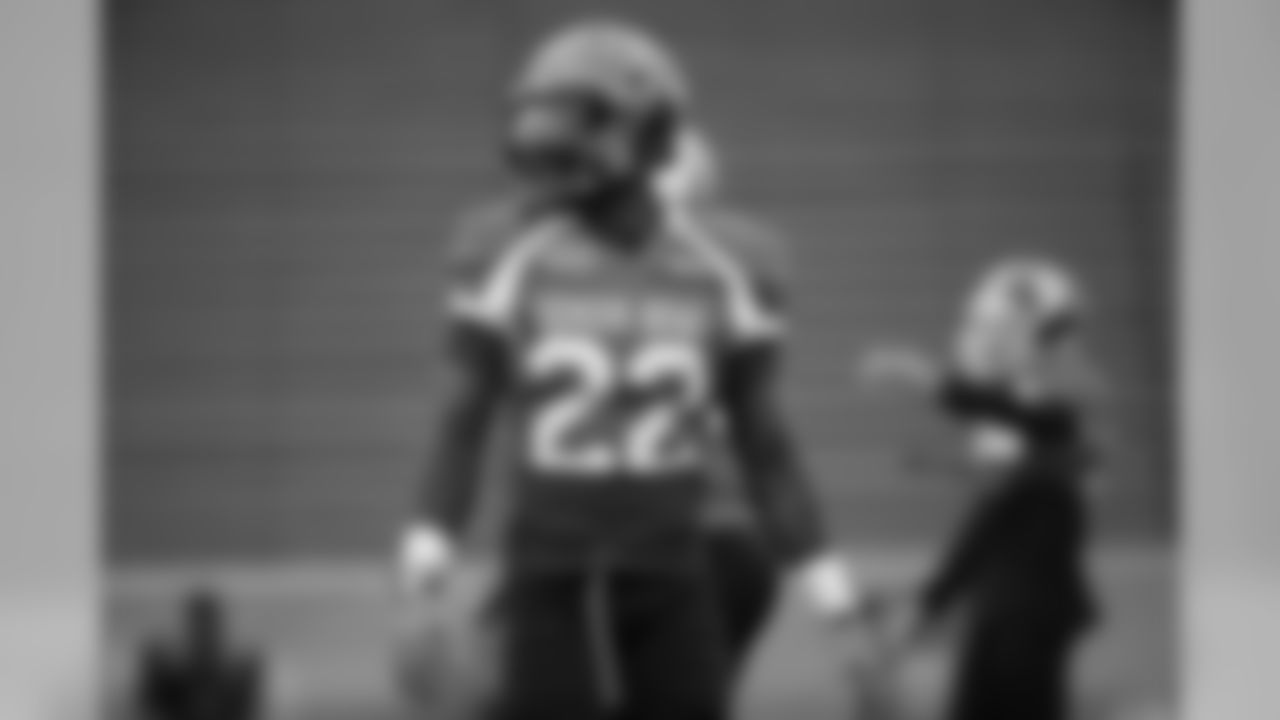
Quinten Rollins, Miami (Ohio)
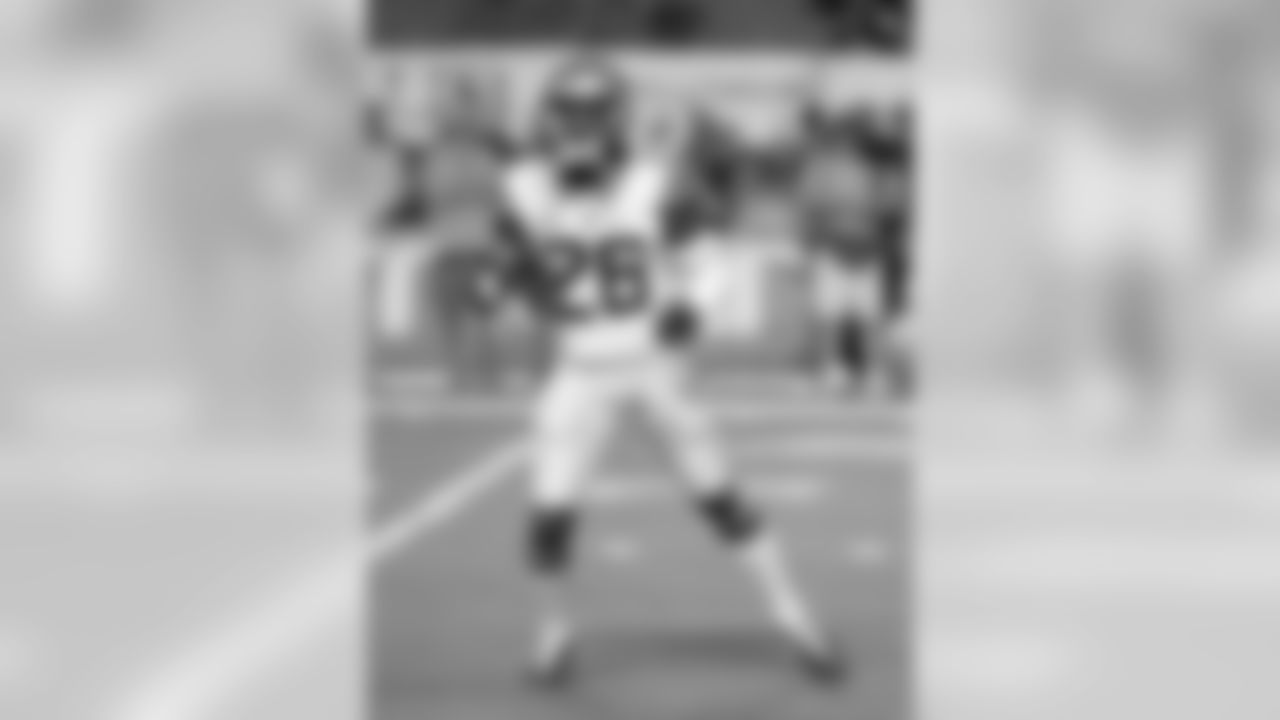
P.J. Williams, Florida State

Cody Prewitt, Ole Miss
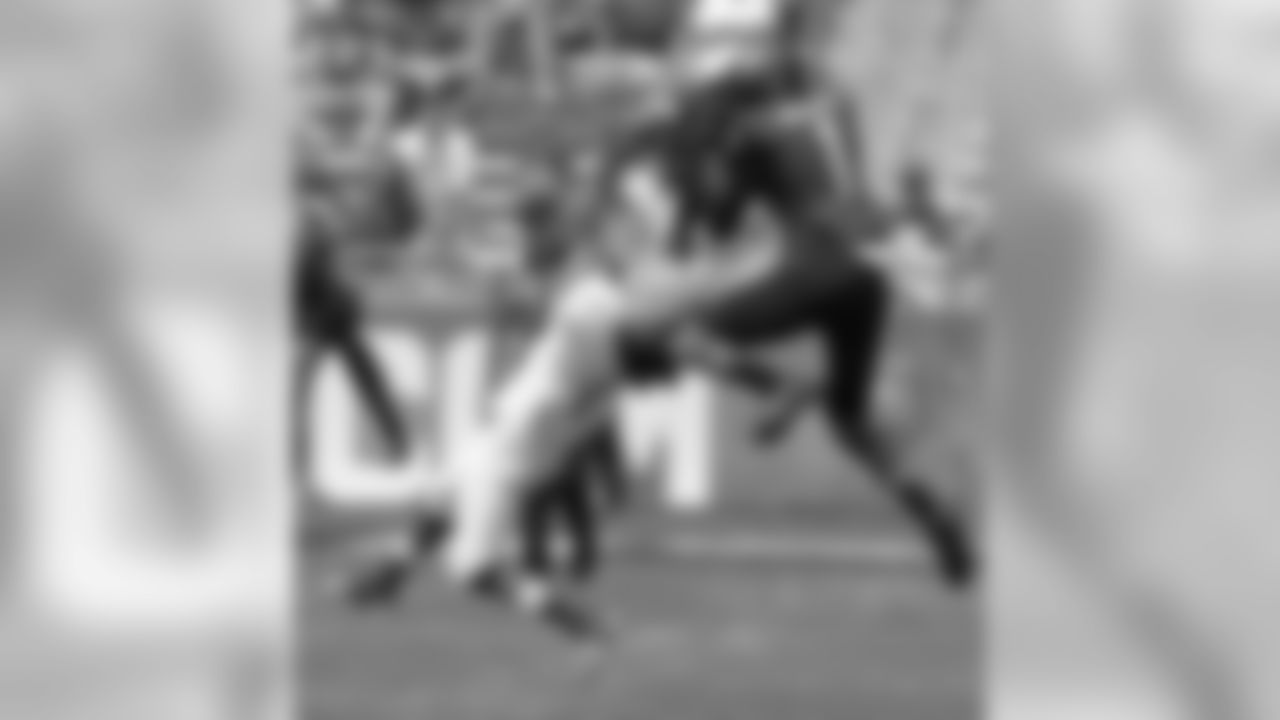
Chris Hackett, TCU

Gerod Holliman, Louisville
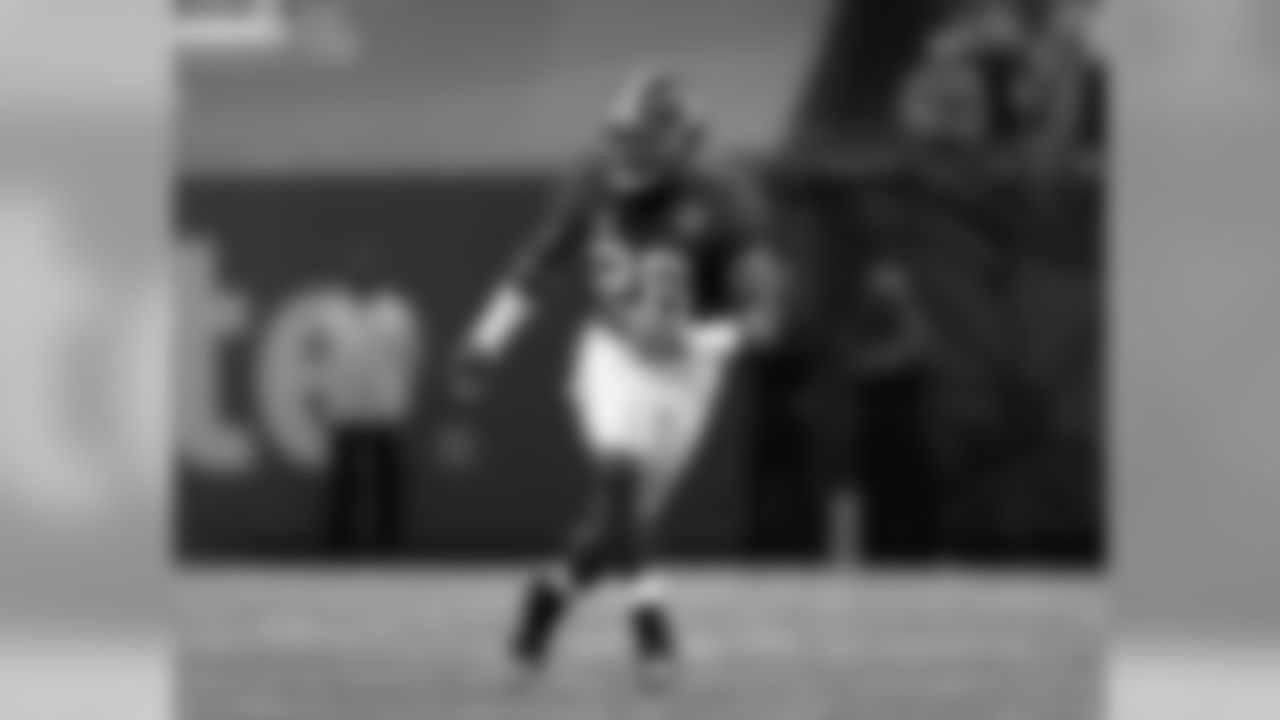
Landon Collins, Alabama
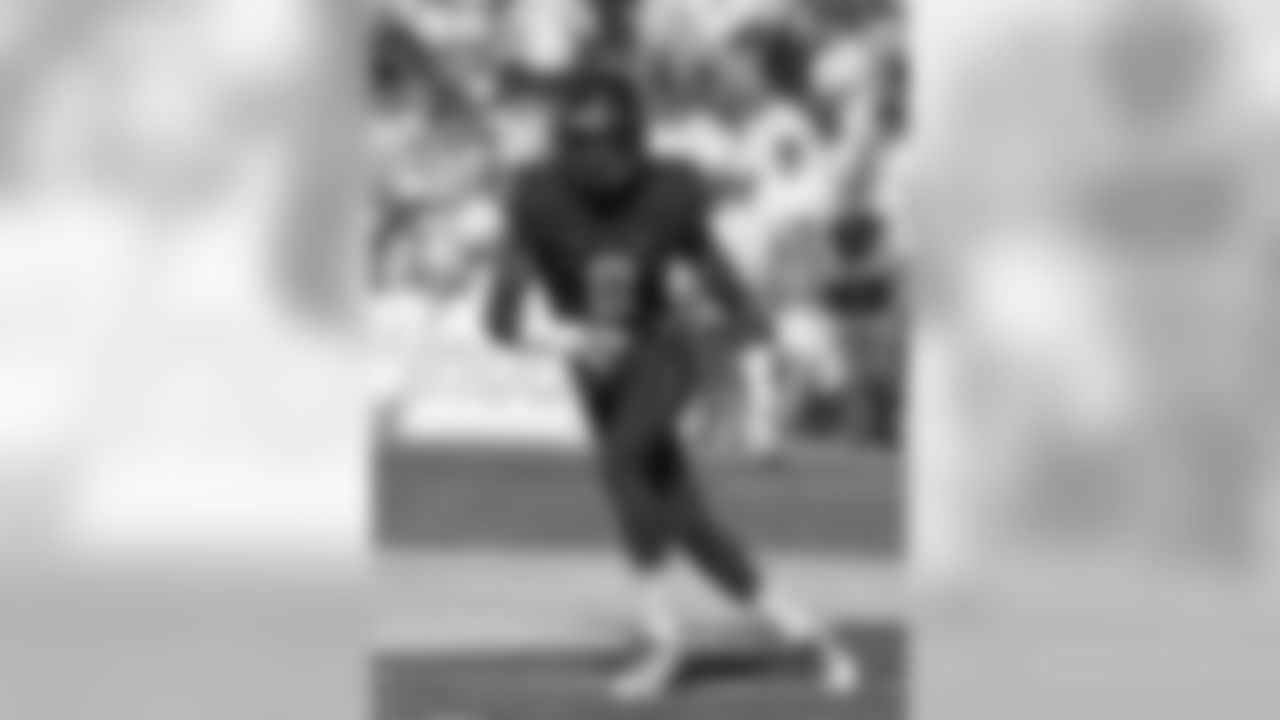
Anthony Harris, Virginia
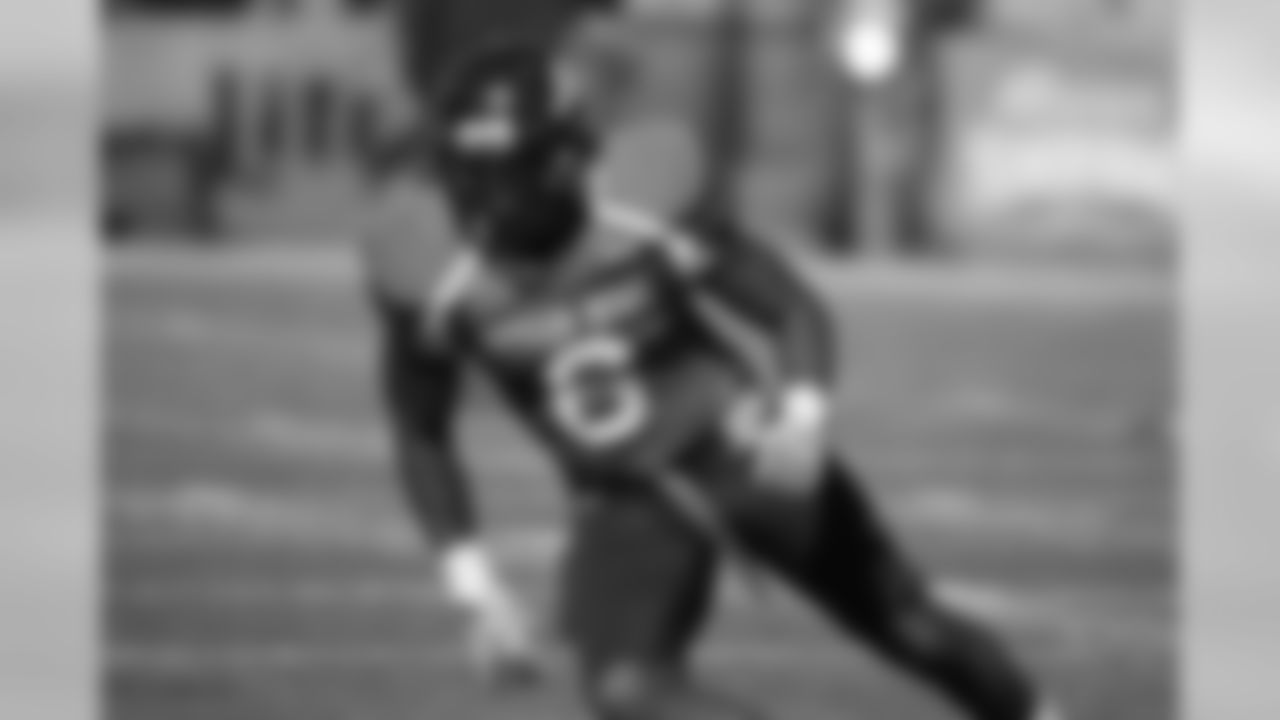
Jaquiski Tartt, Samford
MIKE MAYOCK: Yeah, I talked to Chuck Martin about that. My point is if he runs 4.58 or 4.62 or something like that, how would you feel about Chuck Martin converting to safety in the NFL based on what you've seen? I think we both agree the kids are tough kids. He's a willing tackler. He's physical and tough. I was a safety that also played corner in college. The biggest difference are the angles. So here you're taking a kid that hasn't played any college football and you made him a corner. He's on the outside. Now if you move him inside, the angles completely change. So you're asking a kid that has played two positions in two years, I think that's a lot, and I'd much rather see him still play at corner, but I think he could still play safety.
Q. Who are some deep threats that the teams can look for that go beyond Amari Cooper, DeVante Parker, Dorial Green-Beckham and Kevin White, who are some other wide receiver that's can stretch the field?
MIKE MAYOCK: I'll give you three of the fastest at the combine, Phillip Dorsett from Miami. He might run sub-4.3. My introduction to him came two years ago at Notre Dame when he dropped two passes on the first series where he was five to ten yards beyond the closest Notre Dame player, and I don't think Notre Dame had ever seen a guy run that fast. He flies and he's gotten more consistent with his hands and route running. This kid can play and pick the top off any zone. Devin Smith, very similar from Ohio State. He's going to run sub-4.35. He tracks the deep ball maybe better than anybody in this draft. And Sammie Cotes from Auburn at 205 pounds is the biggest of the three. The tallest of the three. He's going to run sub-4.4. He flies I just don't know if he catches the ball as naturally as those other two guys.
For the complete transcript and audio file of NFL Network analyst Mike Mayock's 2015 NFL Scouting Combine conference call, CLICK HERE






